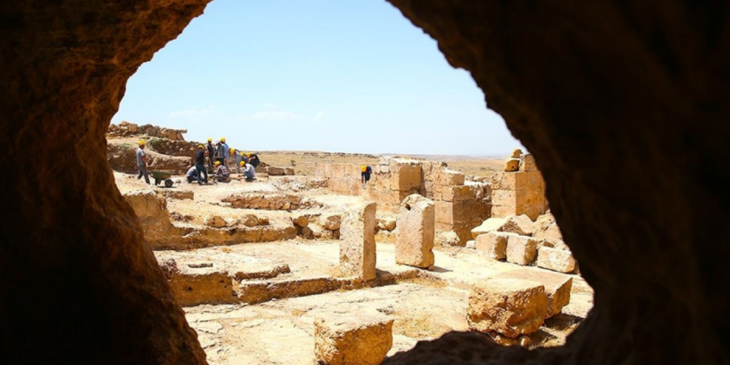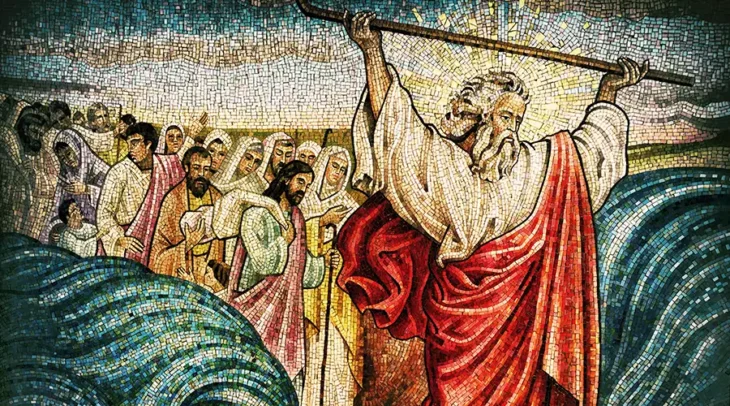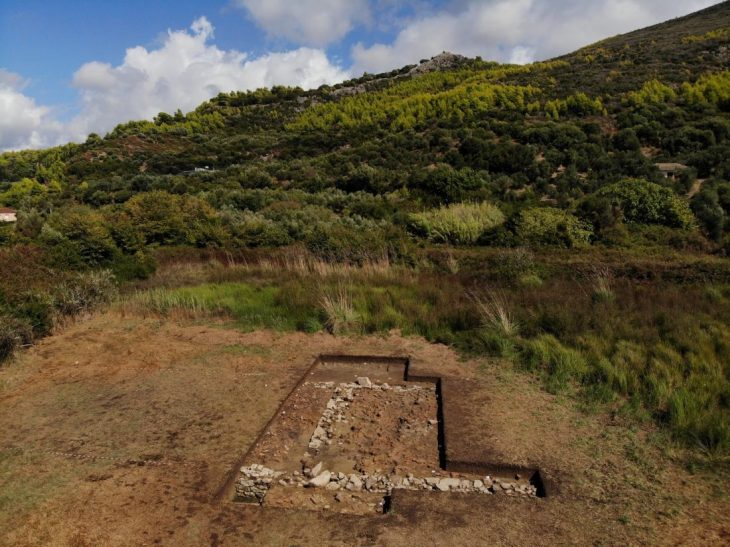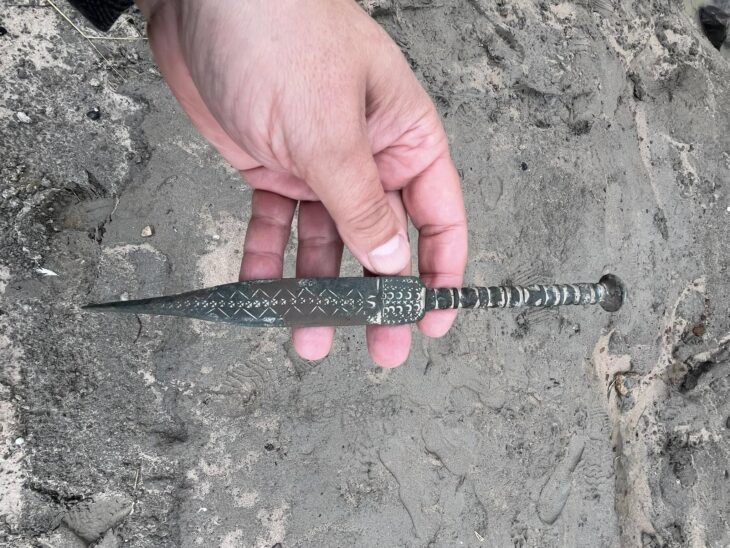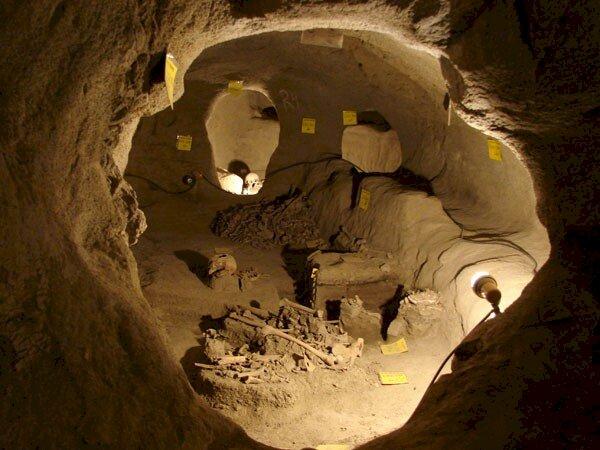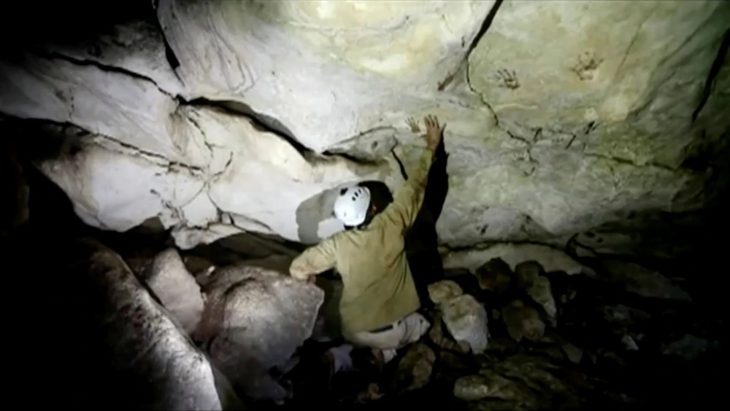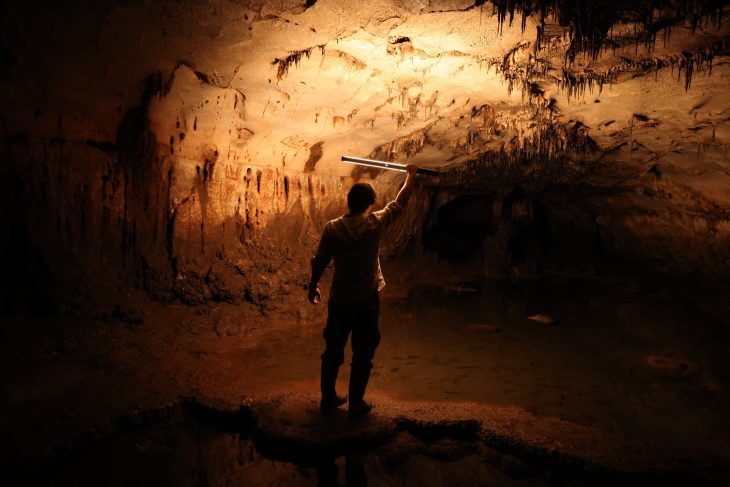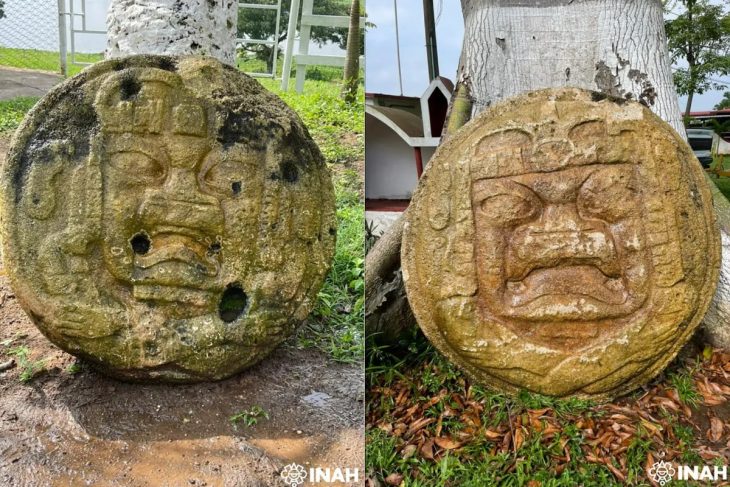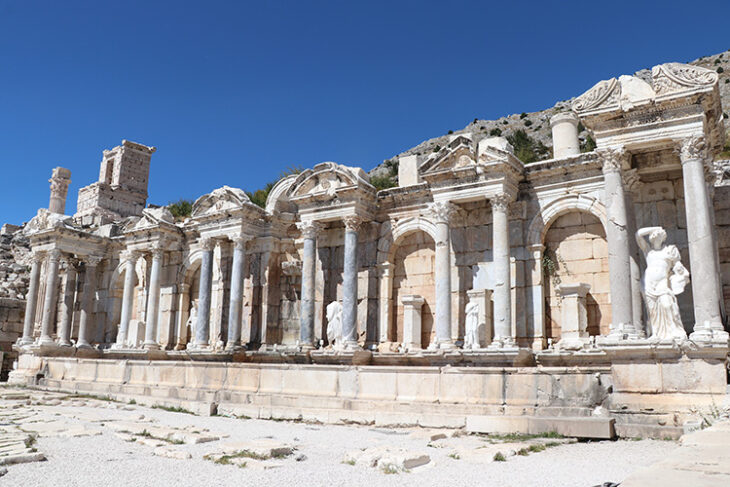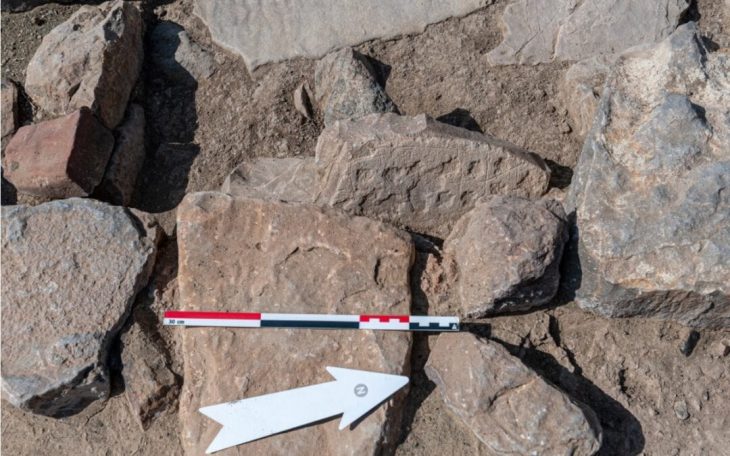The olive trees in the Bidnija grove on the island of Malta are believed to be 2000 years old. But research says that’s not true.
The Bidnija olive grove study was carried out by Dr. Jonathan Lageard and Dr. Francis Brearley from the Manchester Metropolitan University, and Dr. Daniel Sultana from the Environment and Resources Authority and Junior College, University of Malta.
The researchers used radiocarbon dating of tree trunks to determine the ages of six olive trees in a grove near Bidnija, which they published in the International Journal of Archaeological Studies.
The study revealed that trees from the Bidnija grove were planted in the mid to late medieval period (15th to 17th century), rather than in far earlier Roman times when the surrounding agricultural terrain was considered to be an important olive producing area.
A concentration of archaeological discoveries surrounds the Bidnija trees, showing the presence of a significant olive-producing region dating back to the Romans.
📣 Our WhatsApp channel is now LIVE! Stay up-to-date with the latest news and updates, just click here to follow us on WhatsApp and never miss a thing!!
Small fields surround the site, which is typical of the island’s agricultural cultivation, and it is next to a small limestone promontory on which the remains of a Roman-era villa, Tal-Bidni, were discovered in 1912.
The grove is one of the few sites on the Maltese islands where old trees still thrive and are legally protected. However, while veteran olive trees have traditionally been seen as tangible connections to former agricultural landscapes, their dating has proven difficult.
Because of the tiny cells in the anatomical structure of the wood, olive trees cannot be dated like other trees, and they grow in twisted patterns and produce hollow trunks, making dating procedures even more difficult to apply.
The researchers found a significant mismatch between the scientifically determined ages of olive trees and more romantic ideas of longevity.
So, while the Bidnija site might have been utilized for olive tree cultivation as far back as the Roman period and probably beyond, the current olive trees were planted more recently and are part of a continuity of olive tree replanting and management.
Cover Photo: Wikiwand



